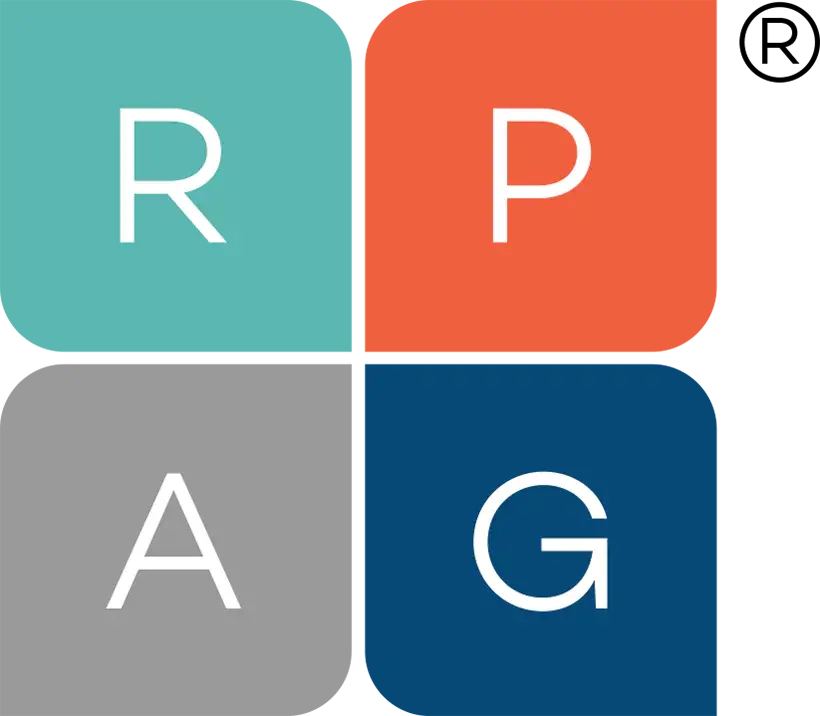Test Your CIT Knowledge

More retirement plan sponsors are considering collective investment trusts (CITs), along with mutual funds and other investment vehicles, as part of their investment menus. As knowledge is growing about CITs (pooled investment funds designed exclusively for qualified retirement plans), there are still many questions about how CITs work.
To help you gauge your knowledge about CITs (also known as collective trust funds, or CTFs), take this short quiz. There are no prizes — other than the CIT knowledge you need when developing your lineup of investment options for your plan participants. Answers are at the end.
1. CITs are issued by banks or trust companies and regulated by:
a. The Office of the Comptroller of the Currency (OCC)
b. A state banking examiner
c. The Securities and Exchange Commission (SEC)
d. Either a or b
2. Participants of which types of plans are eligible to invest in CITs?
a. 401(k)s
b. Defined benefit/pension plans
c. Certain 457 government plans
d. All of the above
3. CITs have reporting similar to that of mutual funds.
a. True
b. False
4. Which document governs a CIT?
a. A prospectus
b. A fact sheet
c. A Declaration of Trust (DOT)
5. Features of a CIT can include:
a. The ability to customize fees
b. Availability on recordkeeping platforms
c. Access to different asset classes
d. All of the above
6. Paperwork for a plan to invest in a CIT is onerous.
a. True
b. False
7. Stable value strategies are available in all investment vehicles.
a. True
b. False
8. In 2015, CITs held how much in retirement plan assets?
a. $2.5 trillion
b. $1.6 trillion
c. $0.5 trillion
Answers
- D. CITs are exempt from registration with the SEC. However, they are governed by several federal and state laws and regulations. The primary regulator will either be the OCC or a state banking examiner, depending on the charter of the CIT provider. Additional regulators that have oversight of CITs include the Department of Labor, the Internal Revenue Service and the SEC.
- D. Participants in qualified retirement plans can invest in CITs. Plans must be exempt from federal income tax under the IRS Code Section 501.
- True. CITs are not required to prepare prospectuses, but they offer participant fact sheets, holdings information and performance data. They also provide 404(a)5, 408(b)2 and 5500 Schedule C information.
- C. The DOT spells out the CIT’s terms and conditions, including investor eligibility, valuations, subscriptions and redemptions.
- D. Many CITs offer flexibility in terms of fees and strategy selection, as well as accessibility through recordkeeping platforms.
- False. While a Participation Agreement is required, it is typically fairly standard language across CIT providers.
- False. A retirement plan may offer a stable value strategy through a CIT or a separate account; it is not available in a mutual fund vehicle.
- A. In 2015, retirement plan investors held $2.5 trillion in CITs, up from about $1.6 trillion in 2010, according to Cerulli Associates. (The Cerulli Report: The State of U.S. Retail and Institutional Asset Management 2016)
This quiz was contributed by Invesco.
ACR#232966 03/17



